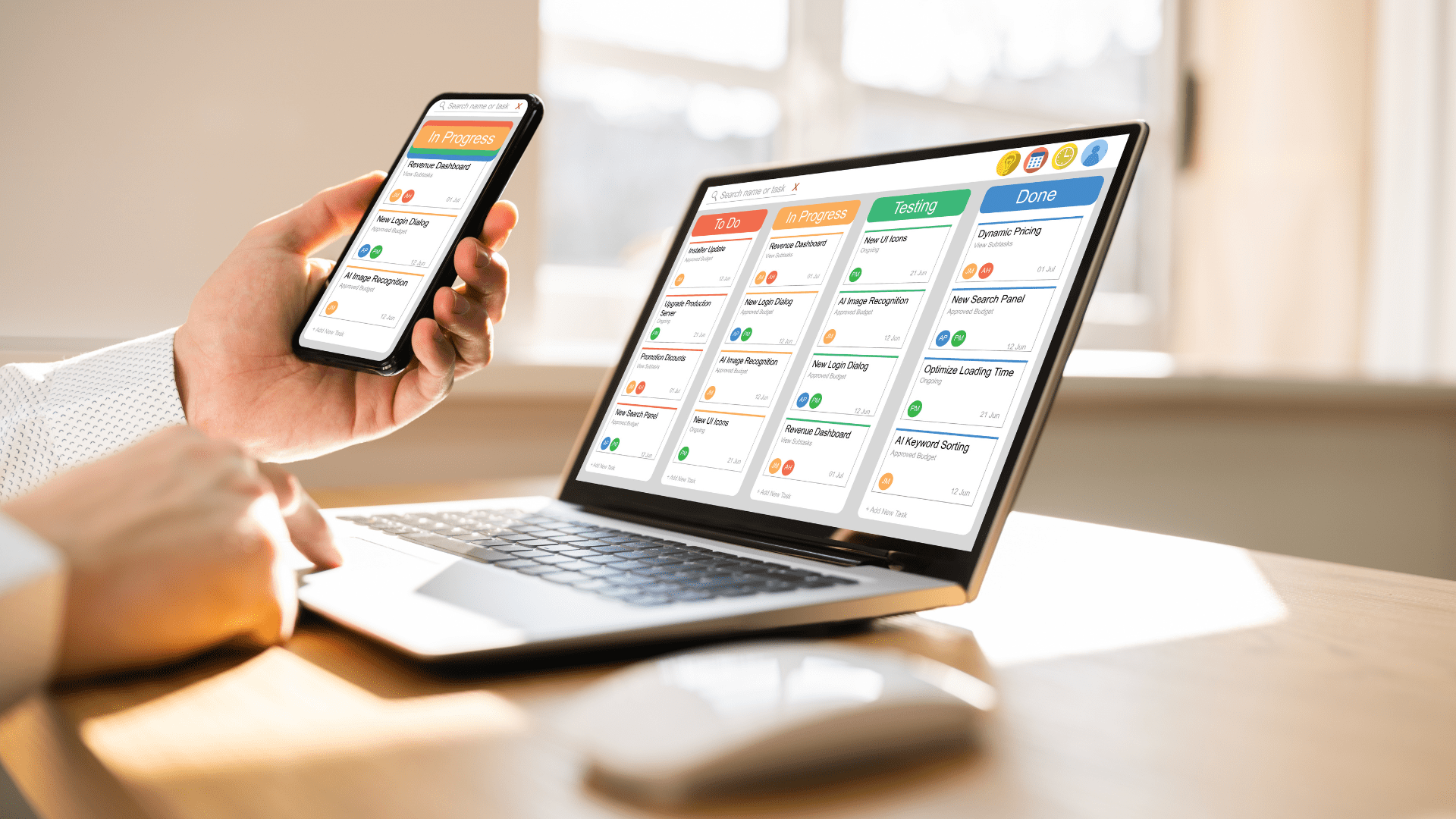A well-structured content calendar is an essential tool for small businesses looking to streamline their content creation process and maximize marketing impact. By planning ahead, you can ensure your messaging stays consistent, your campaigns align with business goals, and you never run out of fresh ideas. Whether you’re managing a blog, social media, or email marketing, a content calendar helps you stay organized and proactive. Here are six steps to create a content calendar that works for your small business.
1. Set Clear Goals for Your Content
Before diving into content planning, clarify the purpose behind your content strategy. What do you want to achieve with your content?
- Common Goals Include: Increasing brand awareness, driving traffic to your website, generating leads, or nurturing customer relationships.
- Tie Content to Objectives: For example, if you want to boost website traffic, prioritize creating SEO-focused blog posts. If customer retention is the goal, focus on email campaigns with personalized offers.
- Measure Success: Determine which KPIs (key performance indicators) you will track, such as clicks, conversions, or engagement rates.
Clear goals will help you prioritize what type of content to produce and ensure every post serves a purpose.
2. Identify Your Target Audience
To create relevant and engaging content, you need to know who you are speaking to. Understanding your audience’s interests, behaviors, and needs will shape the tone, style, and topics of your content.
- Build Audience Personas: Include details like demographics, pain points, interests, and online habits.
- Survey Your Audience: Ask existing customers what topics they care about or what challenges they face.
- Analyze Past Performance: Review data from previous content to see what types of posts resonated most.
Tailoring your content calendar to meet the needs of your audience will increase engagement and drive better results.
3. Choose the Right Platforms
Decide where you will publish and promote your content based on where your audience spends their time and your business goals.
- Key Platforms to Consider: Blogs, social media platforms (Facebook, Instagram, LinkedIn, Twitter), email newsletters, or YouTube.
- Focus on Quality Over Quantity: It’s better to create high-quality content for a few platforms than spread yourself too thin.
- Platform-Specific Content: Tailor content for each platform. For example, Instagram focuses on visuals, LinkedIn thrives on professional insights, and blogs work well for in-depth articles.
4. Brainstorm Content Ideas and Themes
Next, generate content ideas that align with your goals and resonate with your audience. Group these ideas into themes to make planning easier.
- Content Types to Consider: Blog posts, social media updates, videos, podcasts, case studies, infographics, and newsletters.
- Use a Content Pillar Strategy: Create core pieces of content (e.g., a blog post) and repurpose them into smaller assets like social media posts or videos.
- Leverage Trends and Events: Plan content around holidays, industry events, product launches, or trending topics in your niche.
5. Create Your Content Calendar
Now it’s time to put everything together into a structured calendar. A content calendar helps you map out what content to publish, when, and where.
- Choose a Tool: Use tools like Google Sheets, Trello, or platforms like Hootsuite, Buffer, or CoSchedule.
- Plan Weekly or Monthly: Start with a broader overview (monthly) and break it into weekly schedules with specific topics and formats.
- Include Key Details: Your calendar should include:
- Content Type: Blog, video, email, etc.
- Topic or Title
- Publishing Date
- Platform
- CTA (Call-to-Action)
- Assigned Team Member
A well-organized content calendar keeps everyone aligned and ensures you never miss a deadline.
6. Review and Optimize Your Content Calendar
Once your content calendar is in action, regularly review its performance to identify what’s working and what needs improvement.
- Track Key Metrics: Monitor engagement, clicks, conversions, and other KPIs to evaluate success.
- Collect Feedback: Analyze audience comments, shares, and overall response to your content.
- Adjust Accordingly: If a certain type of content performs exceptionally well, prioritize similar topics in the future. If something underperforms, tweak your strategy.
Final Thoughts
A well-planned content calendar is an invaluable tool for small businesses looking to create consistent, high-quality content that drives results. By setting clear goals, understanding your audience, and staying organized, you can build a calendar that simplifies your content strategy and improves your marketing efforts. Start implementing these steps today, and you’ll not only save time but also see a measurable impact on your business growth.
Looking for help implementing a content strategy? Contact Biondo Creative today to get started.
